Improve learning with visual supports
.
Visual supports are a great way to communicate information quickly and effectively. By using visual supports, we can easily convey complex ideas in a way that is both engaging and accessible for everyone. Visual supports also help us break up large chunks of text into smaller, more digestible pieces that are easier to understand. Visual supports appear in varying shapes and forms and are available for anyone to use.
At KEO, visual supports are widely used by our therapists to:
- Improve and support understanding, retaining and processing of spoken language.
- Foster engagement and motivation with individuals in sessions.
- Support individuals with their expressive communication.
- Achieve a level of independence for a given task.
- Introduce and teach an individual new skill.
The common types of visual supports our therapists might use
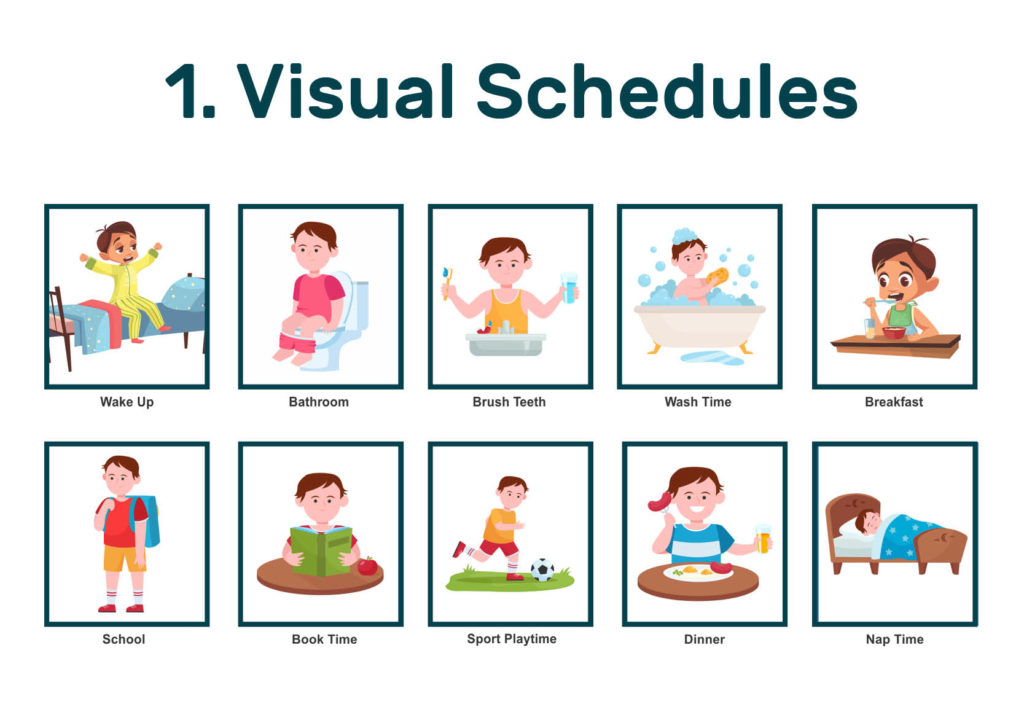

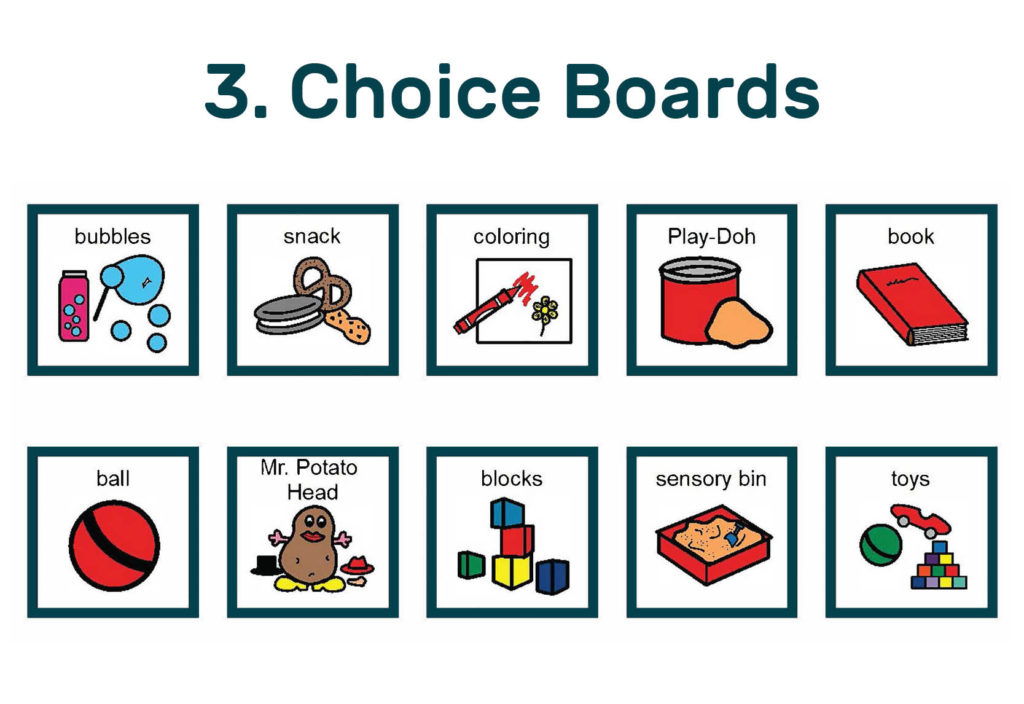
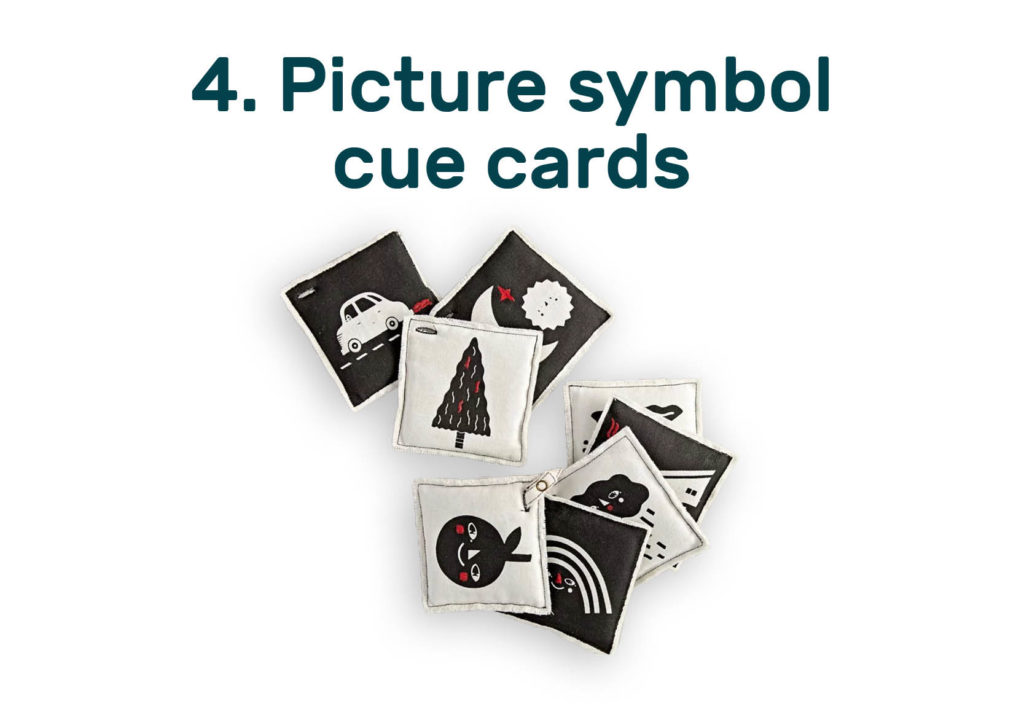
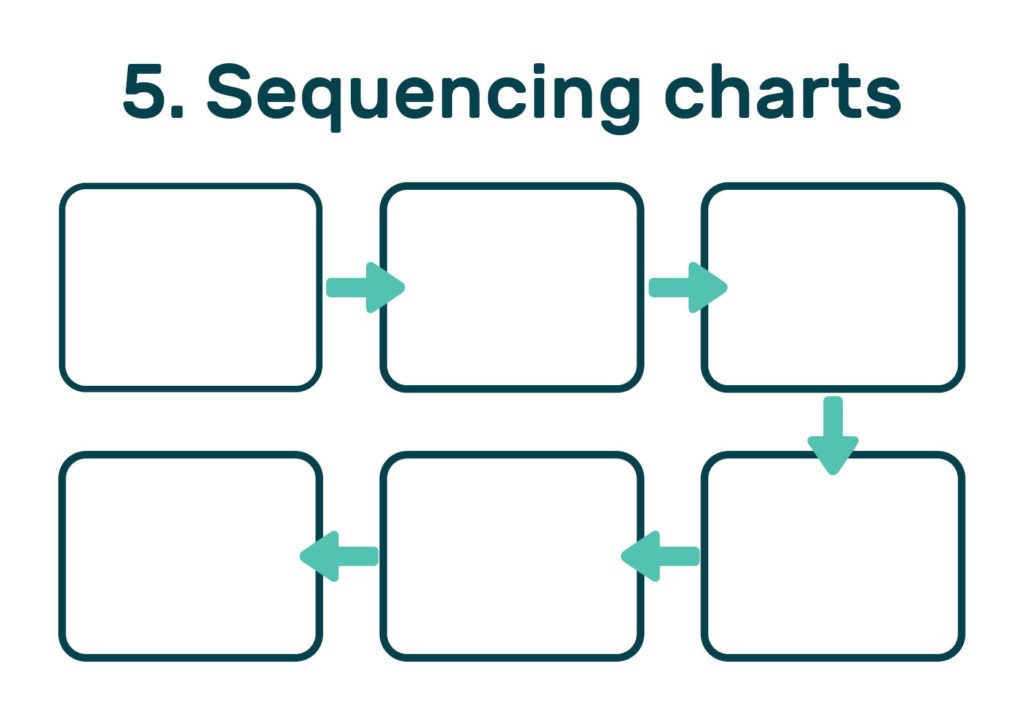
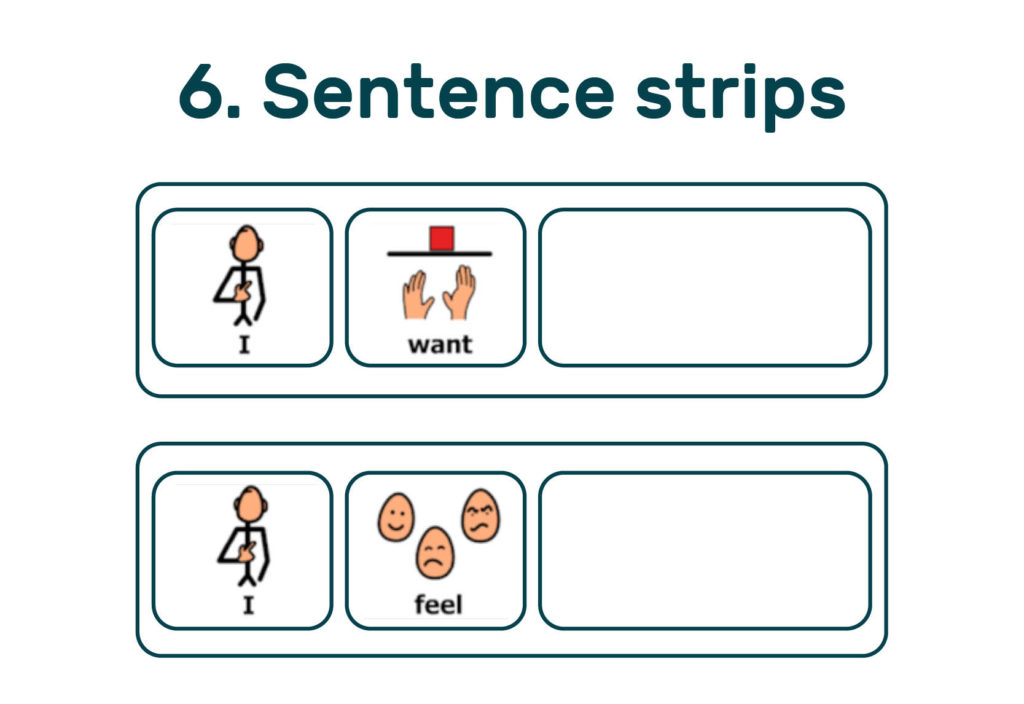
.
Tips to consider when creating visual supports:
- When making visual supports, consider laminating them to add longevity.
- To help the user distinguish the texts that are most significant, utilise several font styles, sizes and colours. Use larger font sizes, spacing and/or images to draw attention to the key points. This will make it simpler for the audience to identify the facts to which they should pay closer attention.
- Keeping it simple is key.
References
Shabiralyani, G., Shahzad Hasan, K., Hamad, N., & Iqbal, N. (2015). Impact of Visual Aids in Enhancing the Learning Process Case Research. Journal of Education and Practice, 6, 226-234.
About the author
Virginia is the Speech Pathology Clinical Excellence Lead at KEO Care. Her speech pathology journey started off in private practice before moving into specific clinical areas of autism spectrum disorder and intellectual disability. She has worked with individuals across the lifespan from young paediatrics to adults in all areas of communication. Her previous role prior to KEO Care was in a multidisciplinary hospital setting providing speech pathology input in the areas of mental health and intellectual disability combined.
